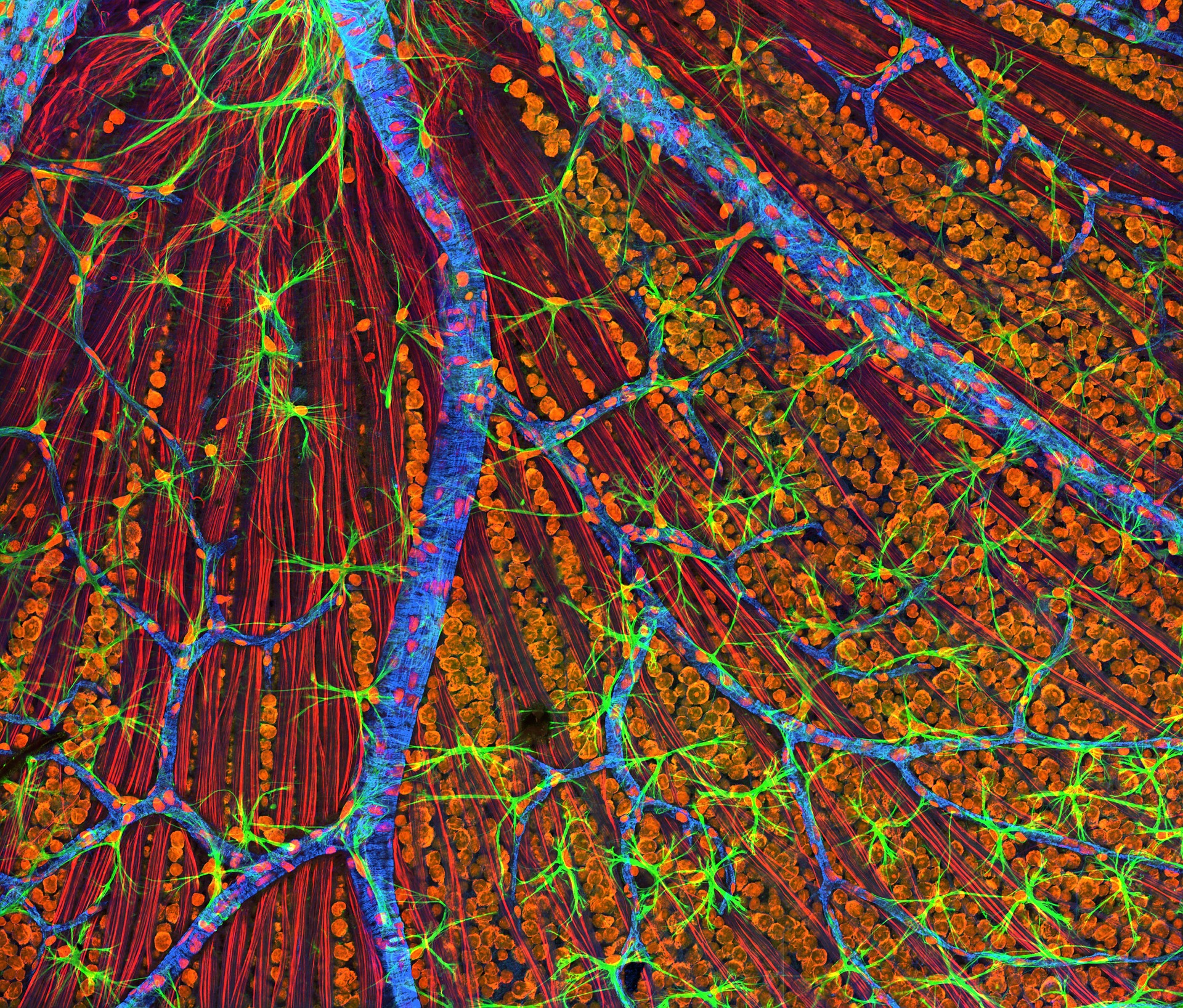News release
From:
Expert Reaction
These comments have been collated by the Science Media Centre to provide a variety of expert perspectives on this issue. Feel free to use these quotes in your stories. Views expressed are the personal opinions of the experts named. They do not represent the views of the SMC or any other organisation unless specifically stated.
Professor Peter Koopman is from The University of Queensland’s Institute for Molecular Bioscience
This treatment is an astonishing example of the power of gene editing technology. Blood diseases are especially suitable for this type of treatment – the relevant cells can be readily obtained from the patient, are already separated (as opposed to being relatively inaccessible in a solid organ), can be modified and amplified, and replaced where they need to be. Time will tell how widely this kind of treatment can be used for diseases affecting other organs.
Genome editing technologies can sometimes cause unintended changes in the DNA in addition to the desired change. A particularly clever aspect of the way this treatment was designed is that some time later, the engineered cells can themselves be removed from the body, virtually eliminating the already small risk that those cells themselves may cause adverse effects



 Australia; QLD
Australia; QLD


